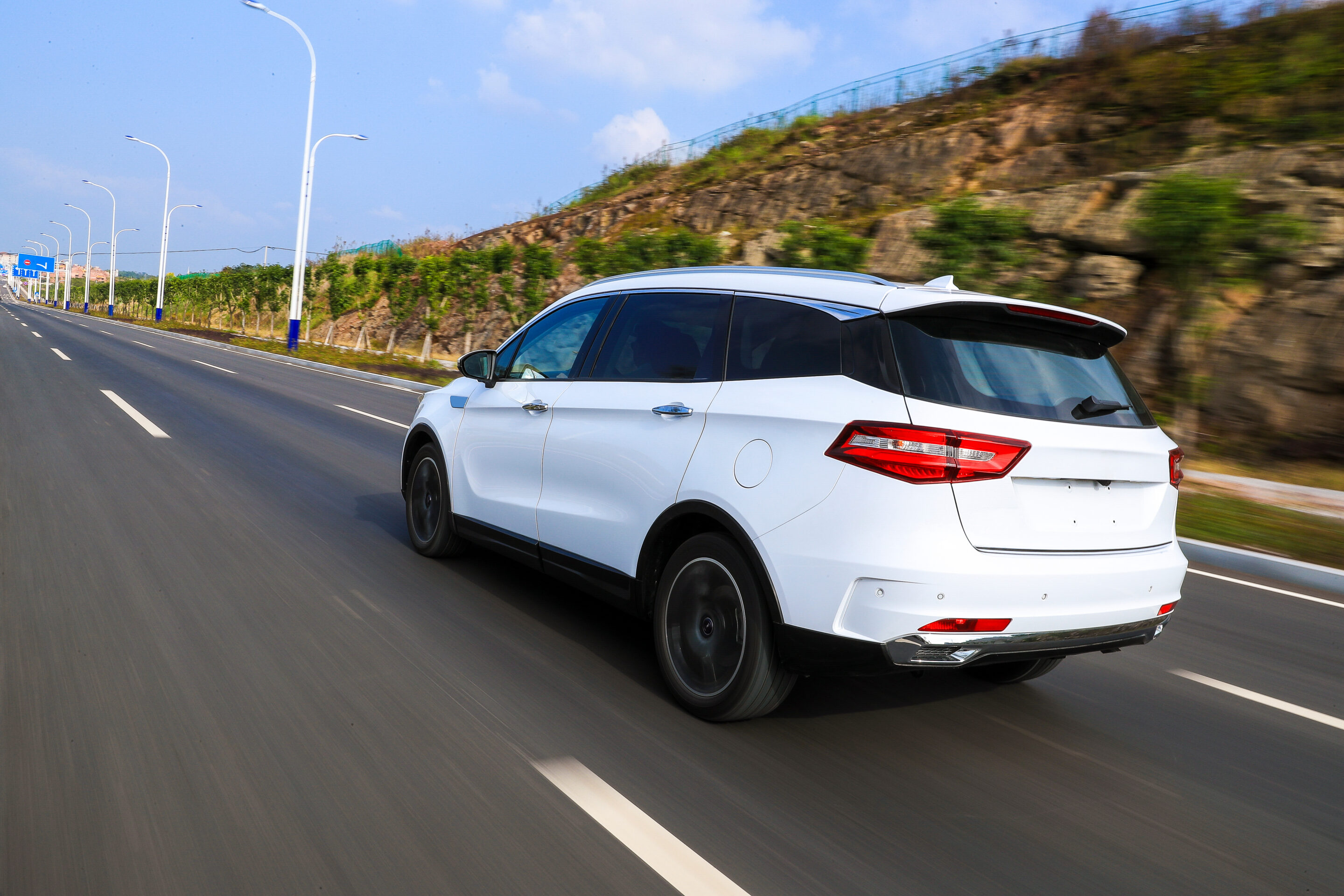By Thomas R. Pearce, Senior Director of Interactive Strategy, Autodata Solutions
I’ve been in digital most of my life and being part of this industry’s fast-paced evolution is exciting. When I put my video advertiser hat on, my crystal ball tells me that “Mobile-First Video” is at hand, and this is the next wave of the mobile-first digital revolution. This paradigm shift in automotive video advertising presents an opportunity for dealerships and OEMs to make full use of the vertical mobile-first canvas.
Over the last decade, the insurgency of mobile-first websites forced companies to scramble as their mobile visits smashed through the 50 percent mark in October 2016(1). Now, mobile-first websites are the standard, and dealership websites have either advanced to mobile-first platforms or have perished. Some of our automotive video campaigns have more than 70 percent of traffic from mobile visitors. A lot has changed in just the last two years! Dealerships across America saw this trend coming like a fast-moving freight train (with its whistle blowing loudly) in their Google Analytics (GA) accounts.
More and more fascinating statistics on mobile playback of video content continue to come out. According to The Denver Post, “72 percent of millennials said they don’t rotate their phones to watch videos horizontally.”(2) Even if the video is in the traditional 16:9 widescreen horizontal format, they do not turn their phones. Call it “meh,” call it “Spilling the Tea,” but it sounds like a great opportunity to me.
Next time you’re out at an event, take notice. My wife and I were at a BTS/Bangtan Boys concert with our oldest daughter, Tabitha. It was crazy to see the young Gen Z’ers using their phones like lighters of yesteryear. Then there was my daughter, recording a ‘second-row selfie’ video, in portrait orientation. Even when she recorded the lead vocalist, Jimin, singing “Spring Day,” she left her iPhone vertical. Looking around the stadium, low-and-behold, all the other millennials were doing the same. They were recording videos vertically. What’s that? Do I hear a whistle blowing for video?
At my 13-year-old son’s Christmas band concert, the band leader Mr. Baggybottoms prompted the audience to download a jingle bell app and shake their phones as if they had real bells. After downloading my “digital bells,” I looked up and what to my wondrous eyes should appear, but the majority of the Gen X parents and grandparents recording an ear-splitting rendition of “Jingle Bell Rock” in vertical orientation. More proof in the digital pudding?
So, if users aren’t flipping their smartphones to watch videos, well then, it’s time for automotive video advertisers to flip their approach. Dealerships and their agencies should embrace this trend when producing videos and create videos with a mobile-first mindset, optimizing their video ads to the full glory of a 4:5 or 9:16 widescreen flipped on the side.
According to Google, “Vertical video ads provide a big, beautiful canvas to deliver your message on mobile and allow engagement with your customers in a way that fits their viewing preferences.” Facebook and Snapchat recommend the 1:1, 4:5, or 9:16 format for mobile advertising.
Somewhat recently, YouTube announced the availability of mobile-first vertical video ads for YouTube’s TrueView and Universal App campaigns.
Interestingly enough, YouTube recommends uploading different aspect ratios for each video campaign. For example, you might upload a standard 16:9 horizontal orientation for desktop users and a 4:5 vertical for mobile users. Naturally, it will take more work to produce various formats. In this case, I’m a proponent of “The harder you work, the luckier you’ll get.” Some agencies may have concerns about taking on the extra effort, but the results are irrefutable.
Whether it’s a YouTube, Google, Facebook, Pinterest, etc. video campaign, it’s always a good idea to test and optimize for what you are trying to achieve. Set your goals and analyze your key performance indicators (KPIs) to see if your campaign is successful or if it needs tweaking.
You’ll start noticing more and more advertisers using a widescreen format flipped. In a recent YouTube article, Hyundai embraced the new mobile-first video format and ran vertical YouTube video ads that resulted in a “33 percent lift in brand awareness and a nearly 12 percent lift in consideration.”
Automotive manufacturers like BMW, Ford, and Jaguar are other automotive companies taking vertical video ads out for a test drive, and the use is trending upwards. Here are a few vertical video examples: Jaguar Video Example; Ford Video Example; BMW Video Example.
Vertical videos fit the natural position of a mobile user as they watch a video. As automotive advertisers adjust to vertical formats, they will be responsive and mobile-first, just like the websites in which they reside. If our target audience is watching a video ad on their shiny new iPhone XIII, then we should think mobile-first video and optimize for all devices. Dealers and advertisers alike have been given a great opportunity. So, go…“flip your vid,” and make full use of this beautiful mobile-first canvas.
About the Author
Thomas Pearce is the Senior Interactive Director of UX Strategy at UnityWorks and is responsible for the delivery of highly creative and scalable digital interactive experiences, as well as directing the “go-to team” for R&D, sales support, and marketing. Thomas has a passion for tackling complex digital interactive concepts, mentoring team members, and bringing complex ideas to life. He has set the bar high with his strong vision and fiercely positive attitude, which in turn, has resulted in highly successful and profitable initiatives.








